Chile is considered a little more westernized in comparison to its nearby Andean friends, with plenty of excellent all-inclusive Chilean resorts for an idyllic retreat. But that doesn’t mean it lacks its own culture or arts. Perhaps most notably, the country is also home indigenous populations with unique cultural heritages, whose people continue to practice traditions that predate colonial times.
What’s more, as one of South America’s longest countries, it’s of little surprise Chile promises arrays of experiences and adventures for the eco-conscious traveler. In fact, of all the reasons to visit Chile, ecotourism in the country has become a hot topic as it takes solid measures to protect its pristine, wildlife-laden, nature-rich national parks. With glistening lakes and lagoons, diverse marine life, and majestic mountains spread over 4,200 kilometers of untamed space, a wealth of adventurous activities await across Chile that enable visitors to enjoy its sensational scenery as responsibly as possible.
Boating in Torres del Paine National Park in Chile
From kayaking the scenic southern fjords and cycling in the serene lake district to rafting the Maipo River rapids, sustainable adventure in Chile abounds. Plus, is there anything quite like exploring Patagonia on horseback, skiing in Valle Navarro, or hiking the world-famous Torres del Paine? If all this sounds tempting (and one is of an eco-conscious mindset, hoping to leave no mark on the environment and respect the indigenous people of Chile), consider the destination suggestions, activity ideas, and sustainable travel tips in this guide to support an ecotourism-focused trip to Chile. Whether visiting Chile for ten days or ten months, this ecotourism guide covers a lot with which to fill the time on one’s sustainable trip.
Visit Chile’s National Parks And Reserves
Chile is proud of its numerous national parks and offers ecotourists bucket list experiences within them, ensuring visitors enjoy what the country has to offer while minimizing the impact of conventional tourism. The country emphasizes the seven “leave no trace” principles, which tourists are reminded to adhere to when touring the beautiful national parks in Chile. For adventurous, outdoorsy vacation ideas, the following are some of the best national parks in Chile where visitors can enjoy eco-friendly experiences.
Hiking in Torres del Paine, Chile
Torres Del Paine National Park
- Where: Punta Arenas (3 hours 30 minutes from Santiago Airport)
- Activities: Camping, hiking, wildlife-watching
- Highlights: Hiking the W Circuit and O Circuit
Torres del Paine National Park is the main spectacle of the Chilean Patagonia. As it’s become one of the most famous places in Chile for nature-loving tourists, some hotels have been built in recent years. However, environmentally minded travelers can still find a number of campsites and refuges within the park – which make excellent bases for enjoying this national park’s long hikes, such as the W Circuit and the even longer O Circuit. (See the sections below on eco-friendly accommodations and experiences in Chile for details on specific campsites).
Overall, this park is a favorite for lovers of the great outdoors because it comprises varied terrains and ecosystems; from mountains and lakes to glaciers, all with native wildlife (including the puma), Torres del Paine National Park promises it all.
The number of visitors permitted to enter Torres del Paine National Park is limited annually. Therefore, booking an experience well in advance is recommended.
Vicente Perez Rosales National Park
- Where: Osorno (1 hour from Santiago Airport)
- Activities: Hiking, rafting, and other water sports
- Highlights: Hiking the Osorno and Monte Tronador route, rafting the Petrohúe rapids
Vincente Perez Rosales National Park was actually the very first national park in Chile, where the native Araucanos and the fir Jesuit missionaries first walked. The park’s top attraction is the unique hike that was carved out by lava rivers and volcanic eruptions of the Osorno and the Monte Tronador volcano, which, fortunately for hikers, are not active today. While this trek is the main activity, eco-conscious visitors can also enjoy some excellent water sports in this area; the Petrohúe rapids entail turbulent waters, attracting rafting and other exhilarant in-water pastimes that have become popular with adventurists.
An aerial view of Pan de Azúcar National Park in Chile
Pan de Azucar National Park
- Where: Copiaipó (1 hour 15 minutes from Santiago Airport)
- Activities: Camping, hiking, biking, wildlife-watching, scuba diving, boat tours
- Highlights: Snorkeling at Caleta Pan de Azúcar, observing colonies of Humboldt penguins
For some of the best views of the Pacific Ocean waters of Chile and superb wildlife-watching experiences, Pan de Azucar National Park, which is 800 meters above sea level, is the answer. Visitors will find a few campsites here, which offer easy access to hiking and biking trails, along which they can enjoy looking out for local wildlife, such as foxes, vicuñas, and Humboldt penguin colonies.
As the park’s campsites and lodges are located near the coast, the rocky beaches are never far away – neither are the turquoise waters, which open the doors to some excellent scuba diving experiences to rival the world’s best dive sites. In particular, the small fishing village of Caleta Pan de Azúcar is a superb snorkeling site; meanwhile, boats visit Pan de Azúcar Island to see Humboldt penguins. There are also some archeological sites in the park that may interest history enthusiasts too.
Pampa Del Tamarugal National Reserves
- Where: Tarapacá (2 hours from Santiago airport)
- Activities: Camping, hiking, wildlife-watching
- Highlights: Camping in Chile’s largest native forest
Another camper’s haven, Pampa del Tamarugal National Reserves offers the special opportunity to stay in the midst of the largest native forest in Chile at the Pampa del Tamarugal CONAF Campsite and Camping del Tamagural. There are designated areas where educational activities and trails abound, granting visitors an in-person chance to learn about this region’s rich fauna and flora.
Mountains and lakes in Patagonia, Chile
Bosque Fray Jorge National Park
- Where: Limari (1 hour 15 minutes from Santiago Airport or 4 hours 35 minutes by car)
- Activities: Hiking, wildlife watching
- Highlights: Observing the unique rainforest in the middle of a semi-arid zone, seeing wildlife
Bosque Fray Jorge National Park is a designated UNESCO Biosphere reserve, but one that’s a little more unique compared to many others with this esteemed status. Travelers will notice it faces the Pacific Ocean on the Talinay Mountain Range, hugging the shoreline – which is indeed a beautiful atmosphere alone. But that’s not the most amazing part; in the middle of the park’s dry, rather arid zone, a microclimate supports a rainforest.
If not for the spectacular views of the landscape and the unusually placed area of vegetation, travelers should at least come for the trails, along which they can observe various wildlife, such as Andean foxes and interesting bird species, like partridges, hawks, and Humboldt penguins.
Eco-Friendly Accommodation & Experiences In Chile
In addition to sustainable tourism in Chile’s famous national parks, eco-minded tourists can also enjoy other experiences that don’t necessarily always take place within these parks – or are rather more focused on a specific activity, experience, or place of lodging. Here’s a rundown of several other areas, experiences, and accommodations in Chile that eco-conscious travelers should find to their liking. Some are in national parks, others on remote islands. But all are breathtaking and provide sustainable ways to enjoy these stunning sections of Chile.
Bird Chile Nature Tours
In 2016, Chile’s Federation of Tourism Businesses (Fedetur) named a particular tour operator the ” Most Sustainable Tourism Company”. That company is Bird Chile Nature Tours – an agency providing birding excursions all throughout Chile. Also focusing on the seven “leave no trace” principles, the tour agency offers various sustainable birding tours while also contributing to the “regeneration of the natural heritage and cultural identities” in the places it operates, as the company’s sustainability page explains.
Flamingos of Laguna Chaxa, Chile
Juan Fernandez Archipelago
- Where: 2-hour flight from Santiago airport to the archipelago’s main island of Robinson Crusoe
- Activities: Scuba diving, wildlife-watching, nature photography, birding
- Highlights: Scuba diving, natural history excursions, birding tours
- Recommended Tour: Juan Fernandez Nature Tour
This island group is a volcanic archipelago found over 200 miles from the Pacific coastline of Chile. Comprising three main islands, Robinson Crusoe, Alejandro Selkirk, and Santa Clara, the location is renowned for its untouched environment – but, moreover, for its diverse wealth of native species and excellent scuba diving. In particular, divers can relish the stunning waters of Robinson Crusoe, where crystal-clear water viability and immense marine species diversity await.
In addition, nature and photography tours to these islands also come top among nature lovers’ itineraries. Whether observing wildlife on land or underwater, travelers can spot a wealth of native species in this archipelago, such as the red hummingbird and the Juan Fernandez lobster.
Dome huts at EcoCamp Patagonia, Chile
EcoCamp Patagonia
An eco-friendly camping opportunity, EcoCamp Patagonia is tucked in the heart of Torres del Paine National Park. It boasts one-of-a-kind geodesic dome accommodations. What’s super sustainable about this place is that the camp’s operation is designed to minimize its impact on the environment. Electricity comes from solar panels, all materials on the property are recycled, and, intelligently, the domes where guests stay are connected to wooden walkways to help protect the grounds.
Patagonia Camp
Patagonia Camp is considered Chile’s very first “luxury” eco-camp, and it does live up to its name. The property offers elegant yurts, which, like the above-mentioned (and similarly named) EcoCamp Patagonia, are connected by walkways and guest common areas. Impressively the whole camp was built on raised pillars – an architectural feat to prevent damage to the sensitive fauna on the land.
This eco-friendly resort also goes several steps further in terms of sustainability; materials are recycled where possible, wastewater is treated, amenities are 100{0b5b04b8d3ad800b67772b3dcc20e35ebfd293e6e83c1a657928cfb52b561f97} biodegradable, and food waste is composted for the restaurant’s herb garden.
Patagonia mountainscape in Chile
Tierra Patagonia Hotel & Spa
Tierra Patagonia sits just on the edge of Torres del Paine and is an all-around luxury experience from top to bottom – but with sustainability in mind. Of course, this hotel and its 40 rooms exude luxury, as does the opulent Uma Spa with its array of treatments, pool with water jets, and sauna. But what truly makes this resort appear on eco-conscious travelers’ radar is its forest initiative.
A sizable section of forest perished in a huge fire back in 2011, and the hotel is doing its part in its restoration. Each guest gets a code representing a virtual seed when they make a booking. Then, they can select a location in the park where they want their seed to be planted. When it’s been planted, the guest later receives an email containing the precise GPS coordinates of the newly planted sapling.
In addition to the hotel and its guests directly supporting the park’s reforestation effort, Tierra Patagonia also purchases its textiles and furniture from local artisans who use native materials, thereby supporting the local people of the area. Last but not least, the hotel also operates eco-friendly wastewater systems and sustainable electricity.
Hotel Remota
Hotel Remota, just outside Puerto Natales, is a spectacular five-star eco-hotel and is ideal for eco-minded travelers to see Patagonia comfortably while reducing their environmental impact. Set by the sea, the property, its rooms, and amenities are modern while incorporating nature. Plus, the hotel boasts natural grass on the roof, along with an efficient wastewater system and sustainability designed in its architecture intended to maximize exposure to sunlight.
The cherry on top? Hotel Remota’s entire complex is beautiful and built with the surrounding environment in mind, but its nature excursions that take guests for wet and dry adventures into the nearby wilderness are equally noteworthy. Each trip focuses on adhering to the above-mentioned “leave no trace principles”, too, so guests can enjoy Patagonia knowing they do so with minimal harm to the lands.
Dolphin watching in Chiloe, Chile
Tierra Chiloé Hotel & Spa
Located in the Chiloé Archipelago and overlooking the Pacific Ocean, Tierra Chiloé is an eco-conscious boutique hotel that blends modernity with sustainability. The island is characterized by its exquisite evergreen landscapes, rich wetlands, and its signature “Palafitos” – houses built on stilts. Visitors can also spot various fascinating wildlife specimens in and around these islands, too, both endemic and introduced fauna and flora. Even Charles Darwin himself was blown away by these islands when he visited them in 1834.
Perfectly situated for exploring all Chiloé has to offer, the Tierra Chiloé hotel is the perfect base; it boasts modern and comfortable spaces, along with a beautiful spa and lovely surrounding areas. All that sounds dreamy, but underneath the mod-cons and fancy is the notion of honoring the region’s rich biodiversity; constructed with low-impact construction methods and employing natural resources where possible, Tierra Chiloé mixes the luxuriously modern with nature to create a comfortable stay and a sustainable guest experience.
Whale and dolphin watching is said to be superb in Chiloé, especially for blue whales. However, if heading out on a dolphin trip or whale-watching tour, travelers should be mindful of environmental and animal welfare issues. It’s important that skippers maintain a safe, respectable distance from the animals and not invade their space. Be sure to select a tour provider or guide passionate about non-invasive wildlife watching.
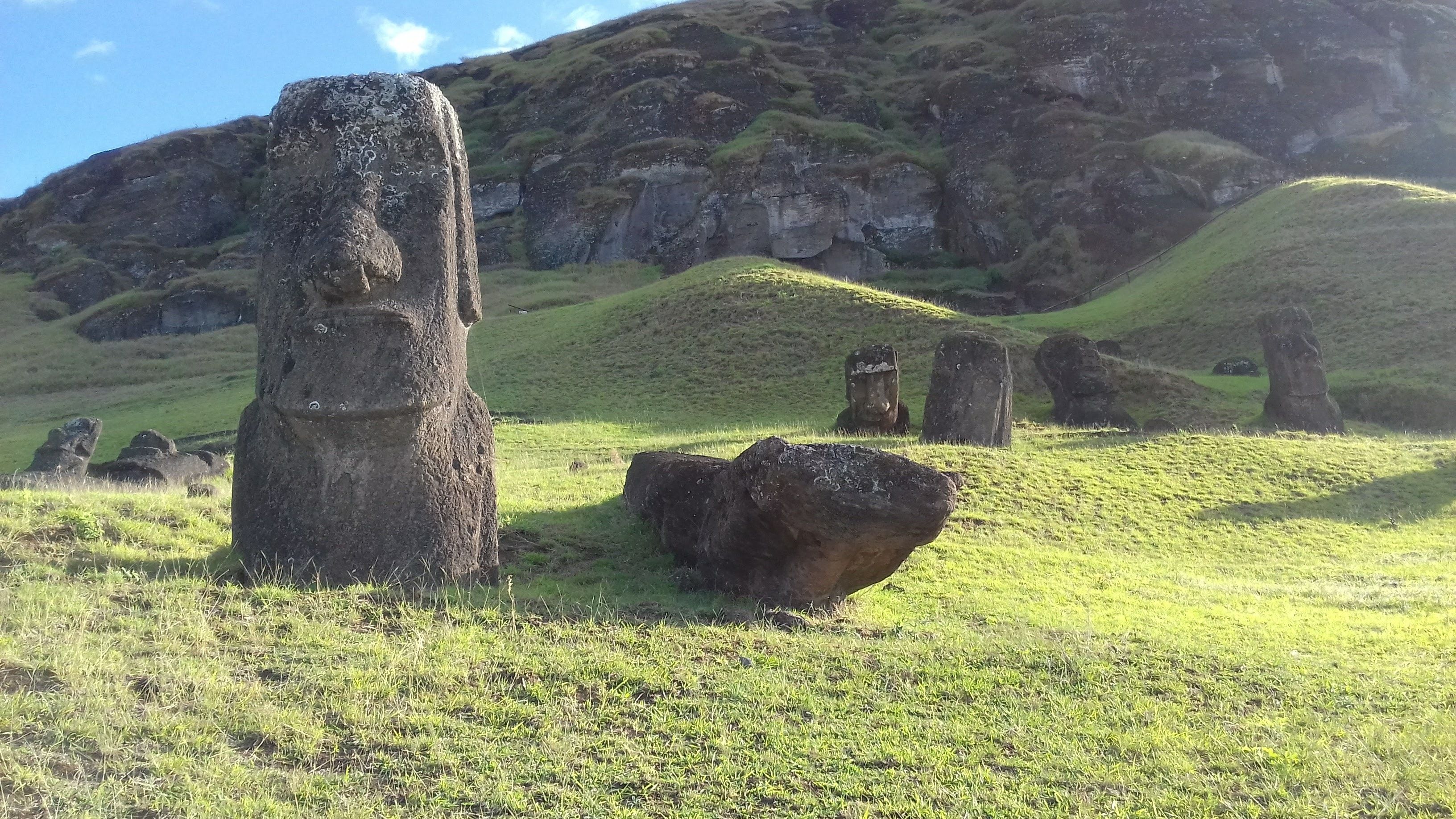 Explora Rapa Nui
Explora Rapa Nui
Explora Rapa Nui is situated on the volcanic Easter Island (a Chilean territory in Polynesia) and is the definition of “remote”. With prime vistas of the Pacific Ocean and the surrounding countryside, its secluded location sees guests stranded amid trees, prairies, and endless ocean views – bliss. This spot is definitely one of Chile’s unique hotels with dreamy landscape views.
This eco-resort was specifically built in an area with no archeological significance to ensure no damage to any potentially important sites. Furthermore, it protects and respects the island’s natural environment by conserving water and energy and also upholding recycling initiatives.
While these aspects are impressive for any eco-travelers, there’s one more accolade to the resort’s name: the entire property was the first hotel in Latin America to be awarded the coveted LEED certification (Leadership in Energy and Environmental Design. This international certificate isn’t easy to get; its criteria are strict, so only a small handful of hotels worldwide have achieved this status.
Travelers can visit Easter Island in early February for the year’s biggest party: Tapati Festival. Occurring in spring, the festivities are an excellent chance for tourists to experience the local culture authentically and enjoy music, art, dancing, mythology, and Rapa Nui’s local foods. There are also traditional Polynesian costumes and clothing on display, body painting, and even symbolic tournaments in which a new island queen is elected.
Tips For An Eco-Friendly Vacation In Chile
Horses on the plains of Patagonia with the Torres Del Paine mountains in the background
It’s clear that there are many responsible ways to enjoy the national parks of Chile, its remote islands and archipelagos, and its pristine coastal gems – by choosing accommodations and experiences with a focus on ecotourism and the conservation of the environment, cultural heritage, and the local people. There are budget-friendly hotels in Chile, which many sustainable travelers typically look for – but where possible, money should be a secondary factor when the environment is concerned. Still, whether plush with cash or a budget backpacker, what more can travelers do to ensure and enjoy an eco-friendly trip to Chile? Let these tips answer that question:
Support Chile’s National Parks
Support Chile’s national parks and don’t complain about entry fees. If the government and local people can see the parks’ conservation means that paying guests come, they have reason to continue protecting them and the species within.
Go With Local Tour Operators
Hire a local guide where possible or opt for tour providers whose staff is local (not only to support the local people but also because they’ll know the “local secrets” and take visitors to see places only they would know). Also, where possible, choose small businesses over large corporations.
Make Sure Hotels And Tour Companies Value The Environment
Examine hotels’ and tour companies’ websites and social media to get a feel for how much they value the environment before making any bookings.
Backpackers hiking the W Trek in Chile, with beautiful mountains in the background
Try to gauge if these businesses have a good relationship with local communities (even better if they support them).
Select Qualified Guides For Hikes
When going on a difficult hike, ensure the guide is properly qualified. (The highest international recognition for mountain guides is UIAGM-IFMGA-IVBV Mountain Guides but not many people hold this certification). High Mountain Experience is a reputable company with experienced guides providing various guided treks to many of Chile’s iconic regions.
Minimize Water Wastage
Don’t waste water. It can be scarce (especially in the north), but it can even be tough to find in the Torres del Paine.
Marble Caves, Río Ibáñez, Chile
Reduce Trash And Take It Away (Where Possible)
Waste disposal can be challenging (particularly in remote areas). Some accommodation operators have to travel for hours to properly dispose of waste. Therefore, when possible, travelers should try to take trash with them. Note that the ‘Travelers Against Plastic’ (TAP) initiative encourages this. Also, avoid plastics and always use a refillable water bottle.
No Campfires
Campfires are illegal in a lot of Chile’s national parks, so never light a fire. In windy areas like Patagonia, fires can spread quickly.

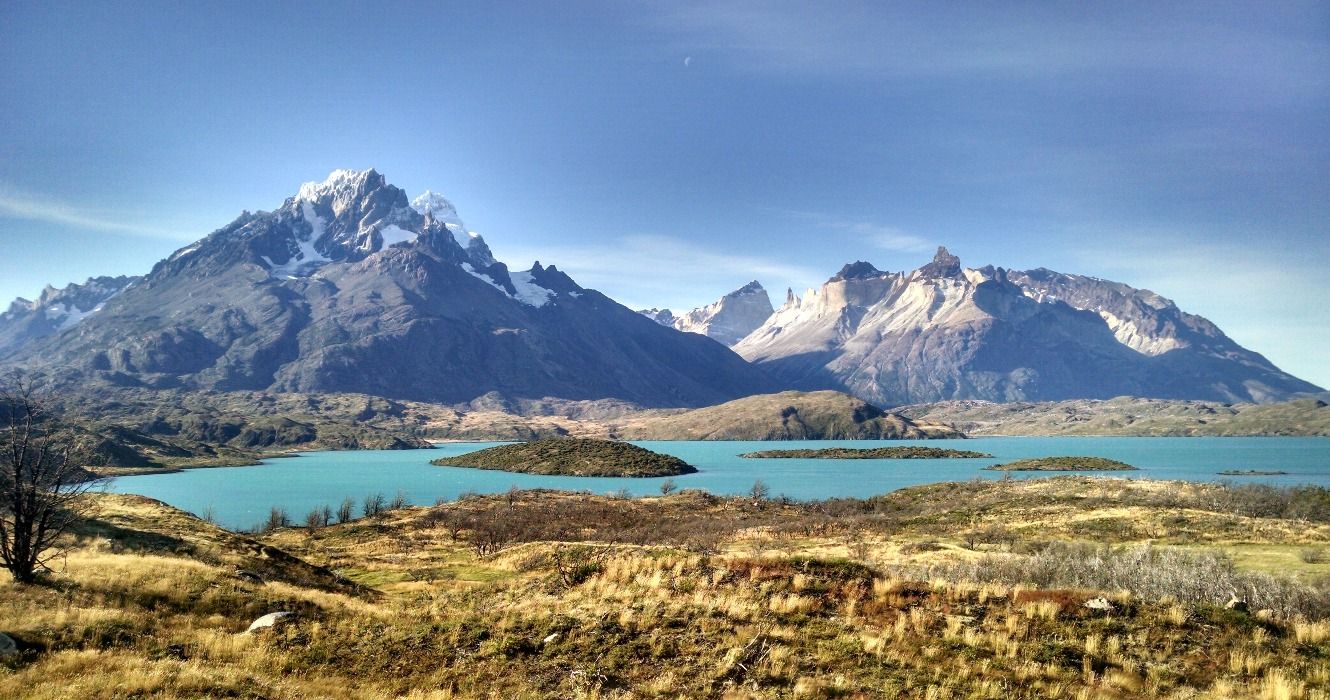
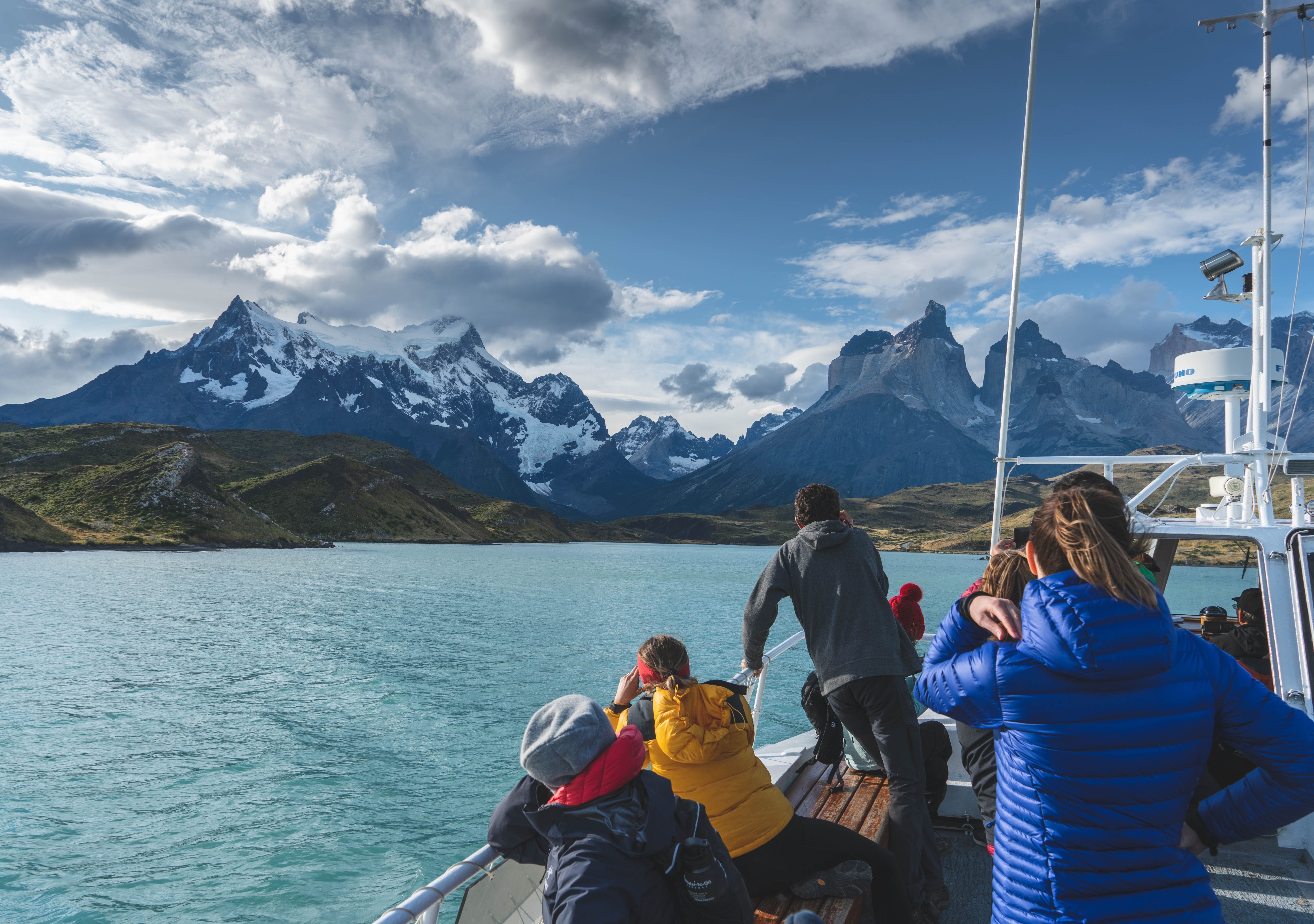
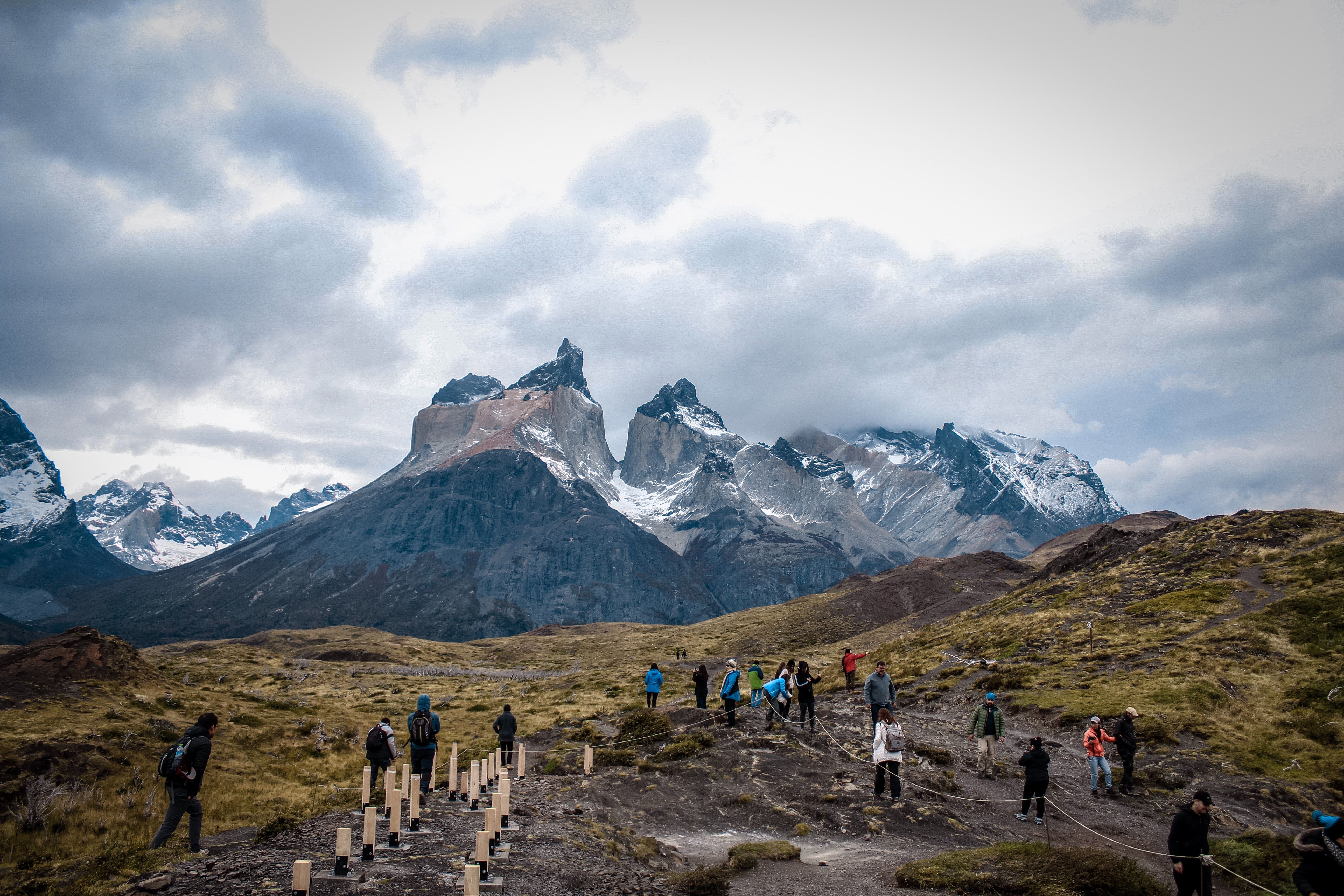
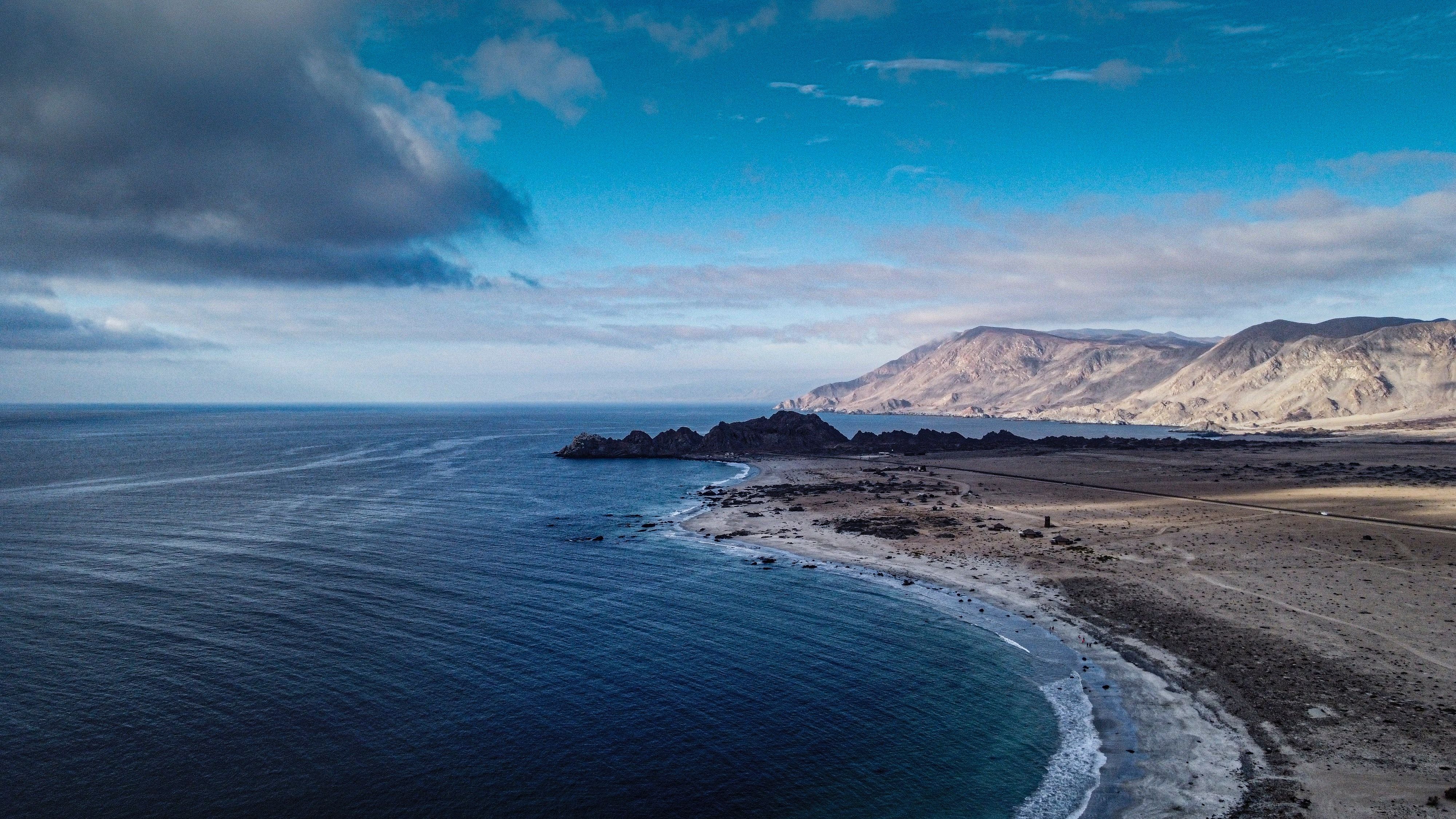
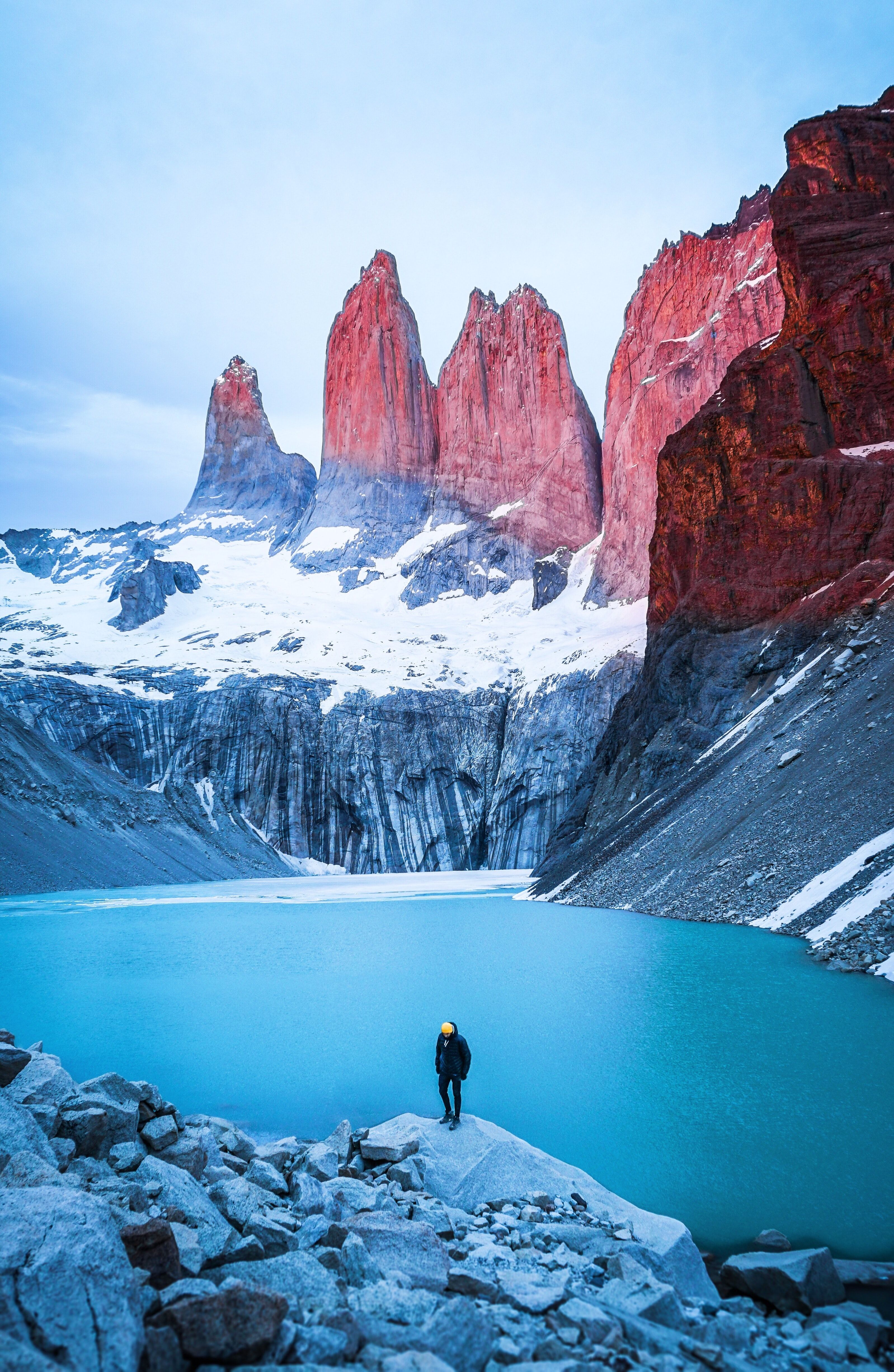
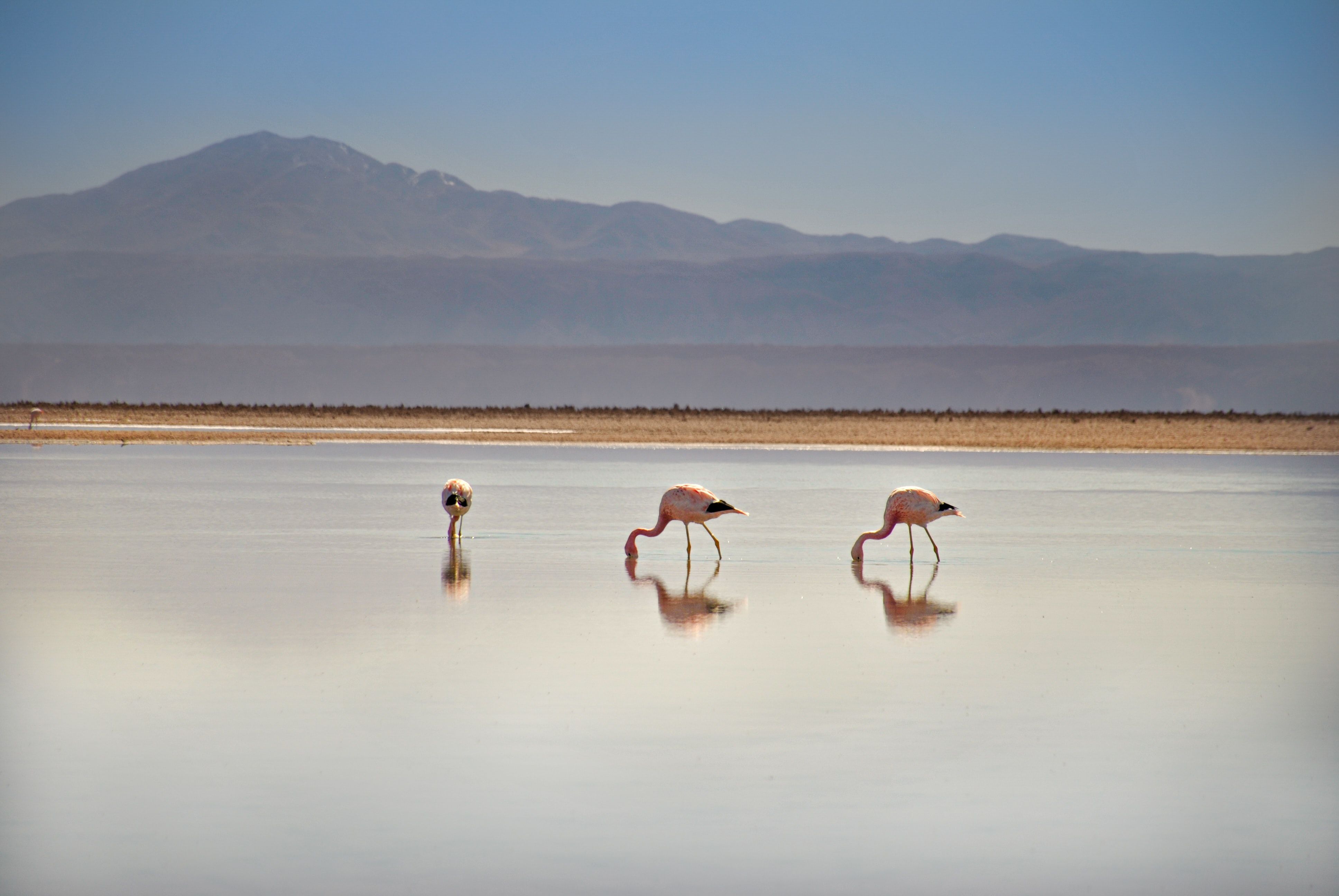
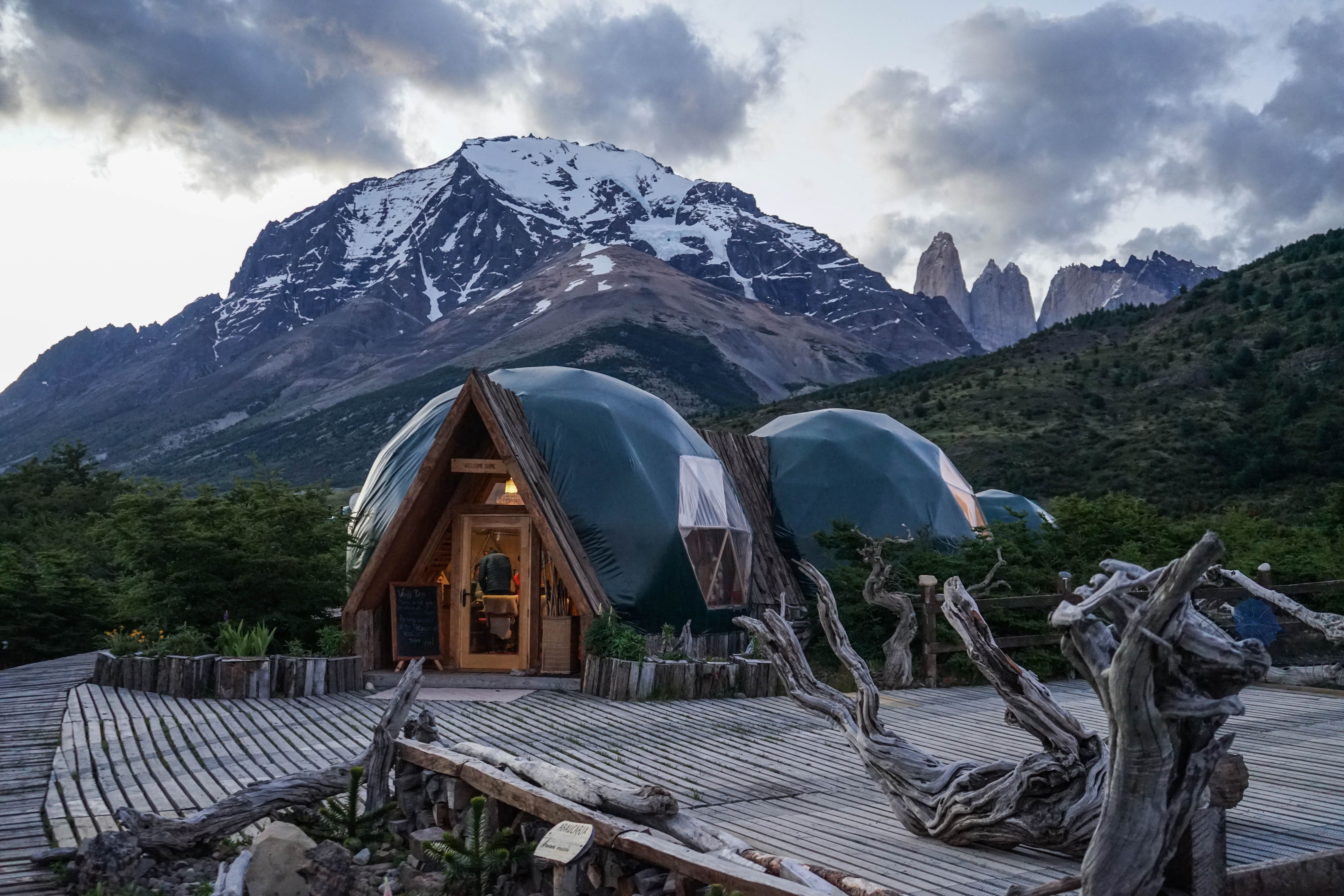
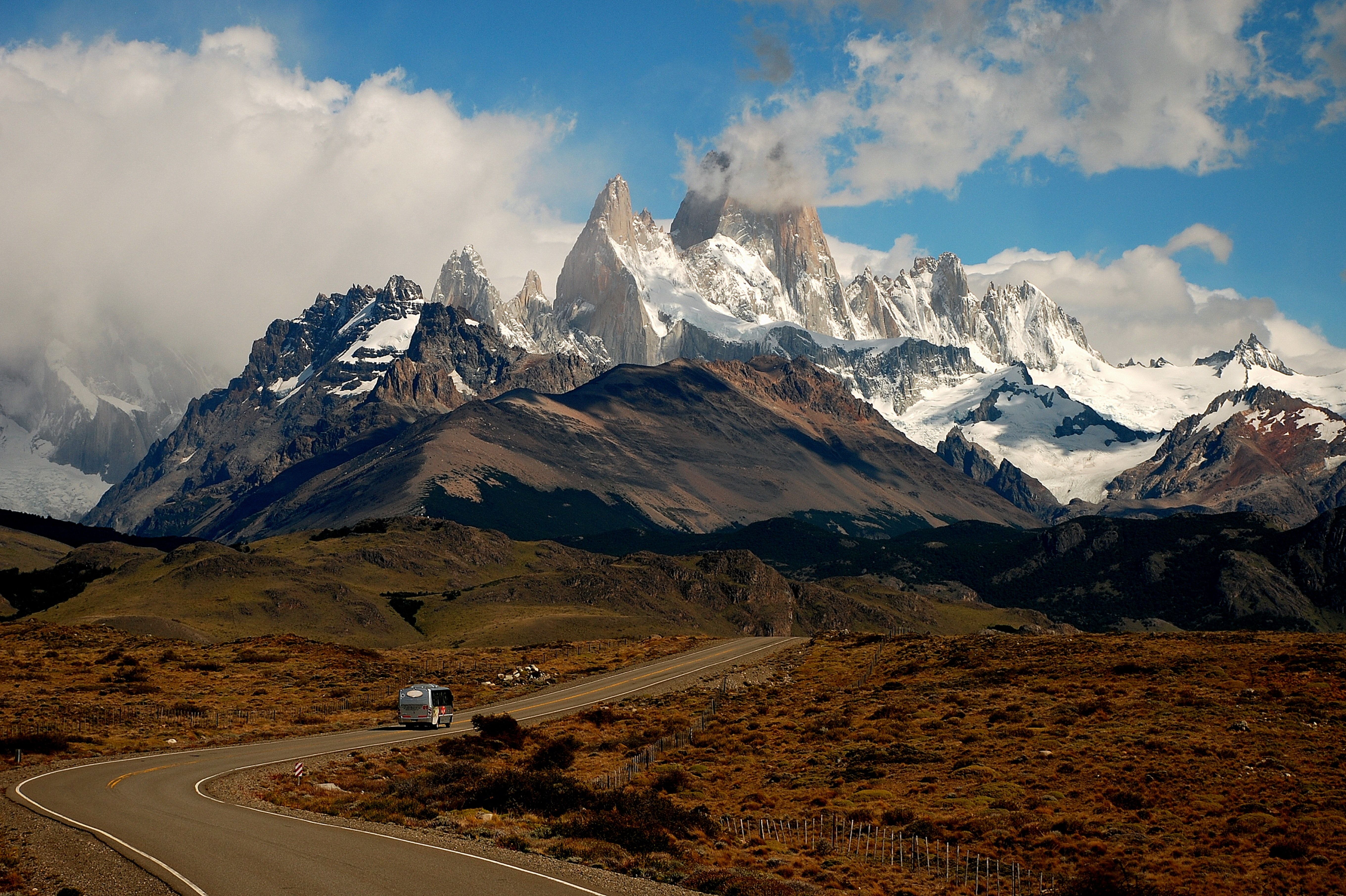
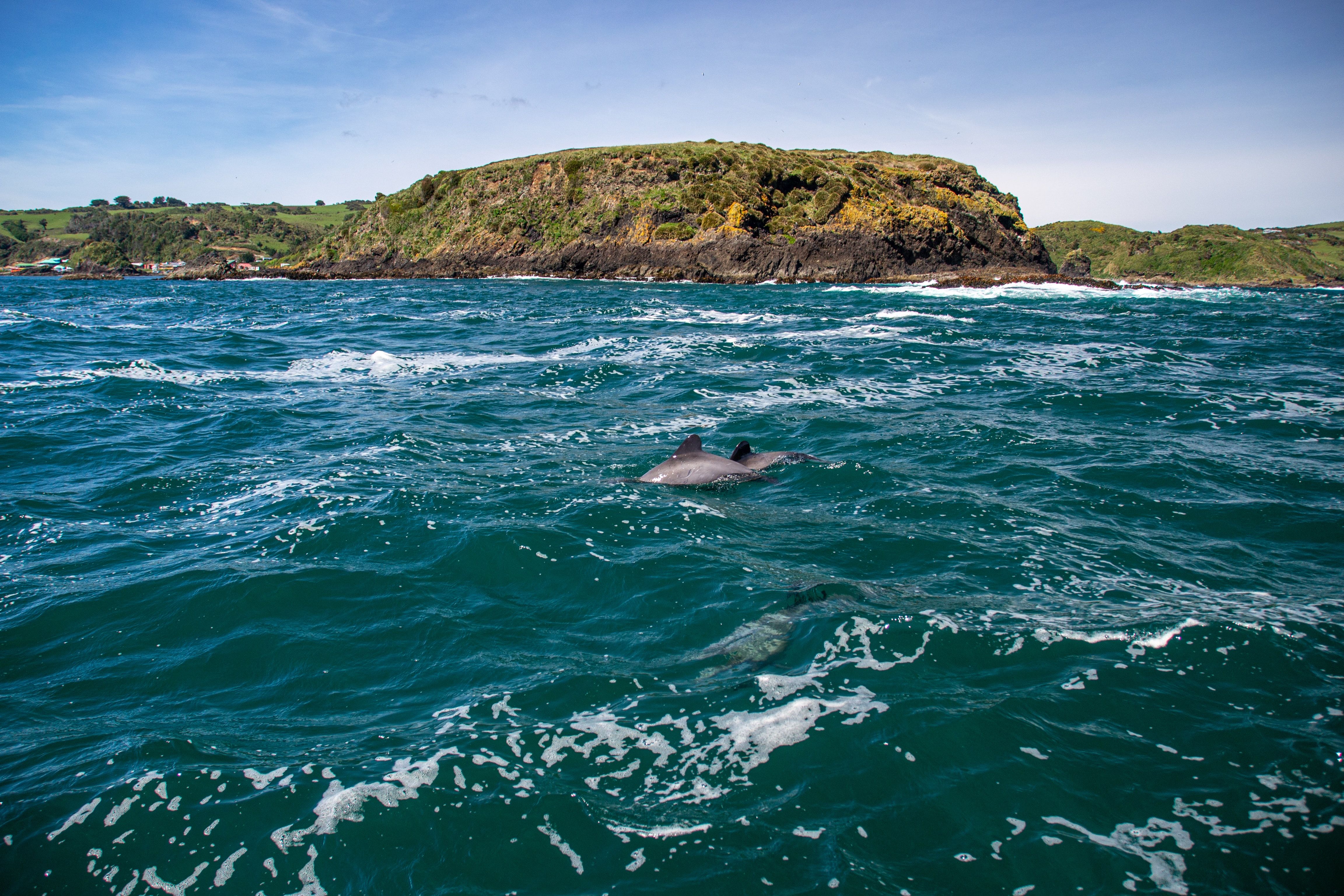
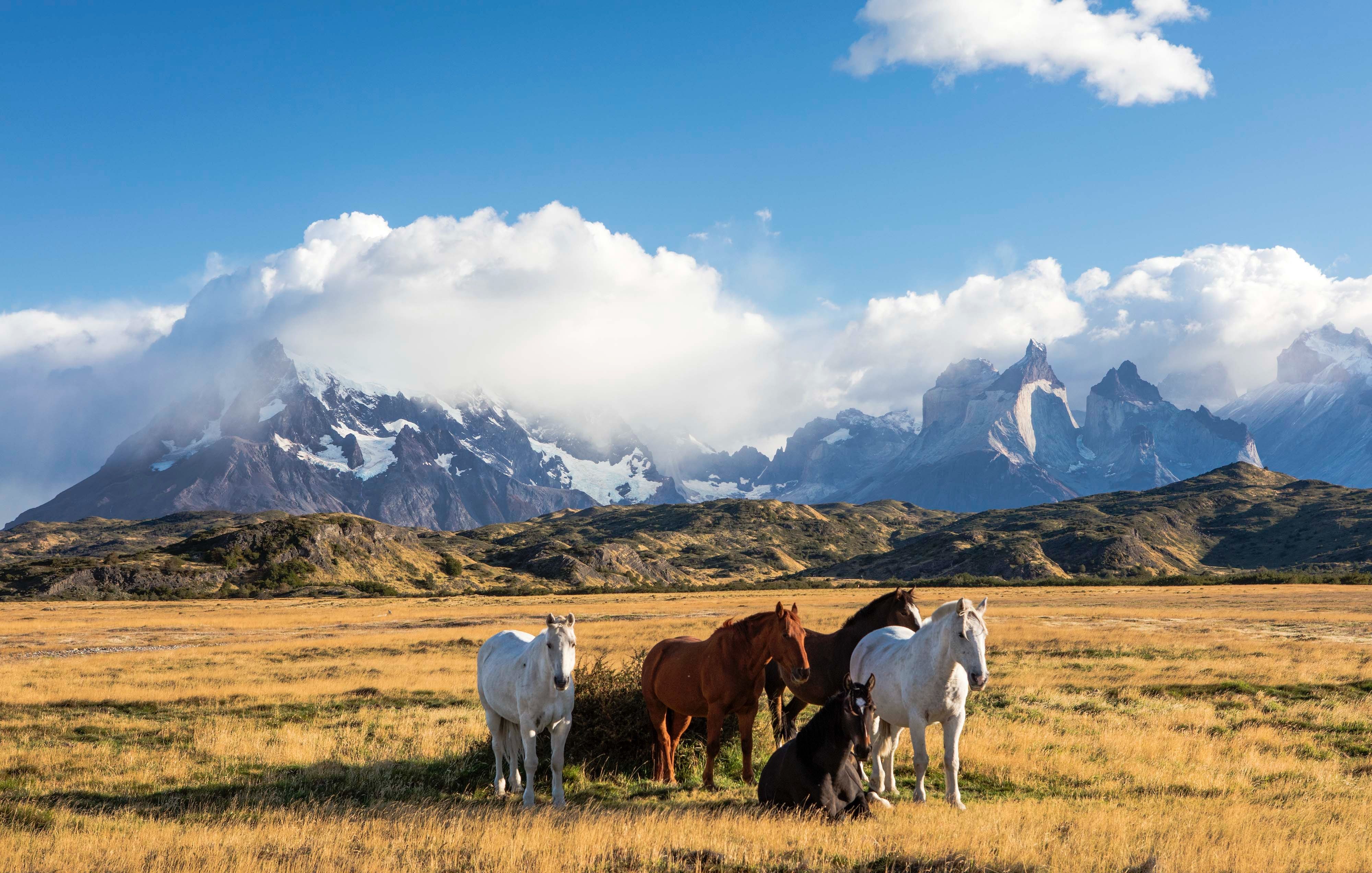
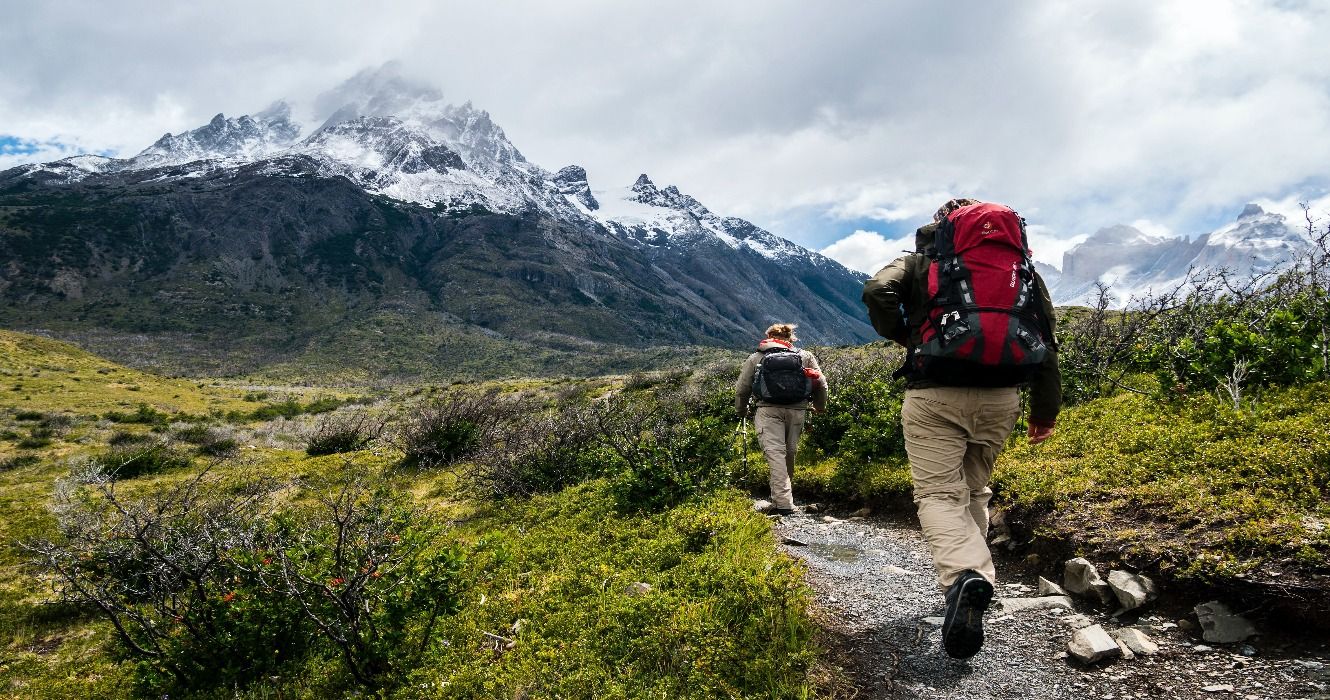

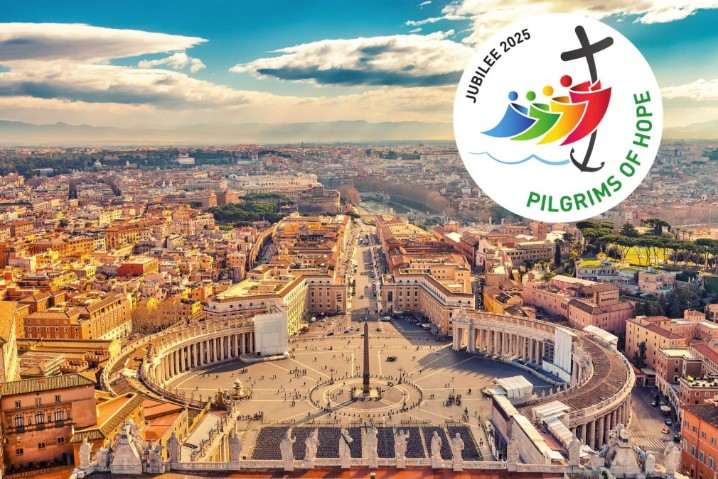
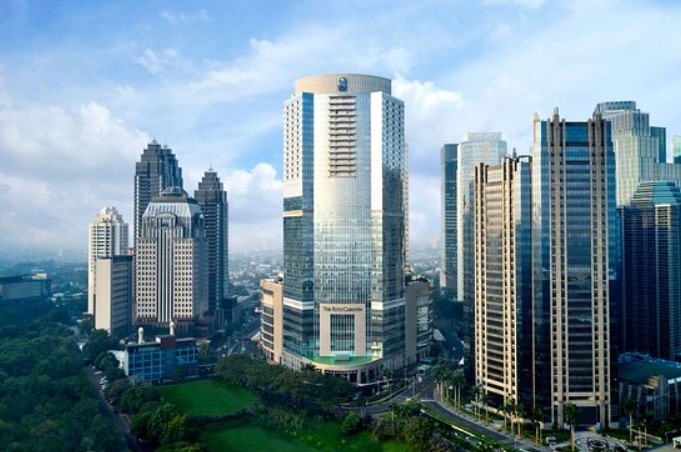

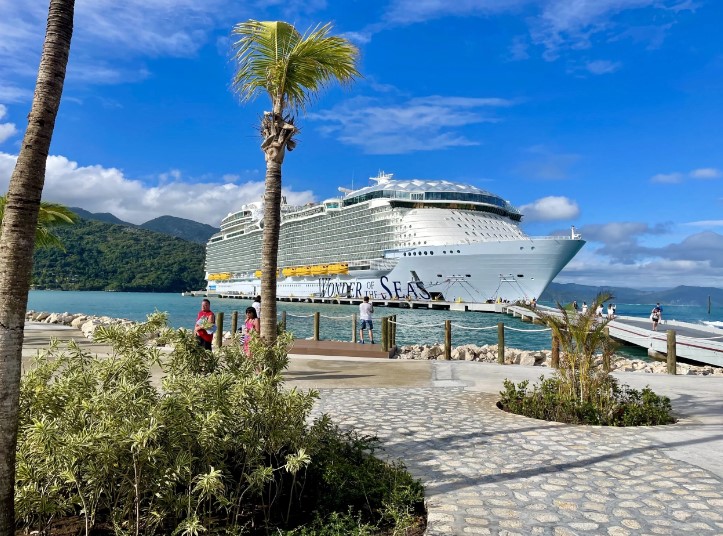
More Stories
This Phone Crossbody Is Perfect for Travel
Complete Guide To Croatia’s Medieval Seaside City
Universally Flattering Swimsuits I Always Pack